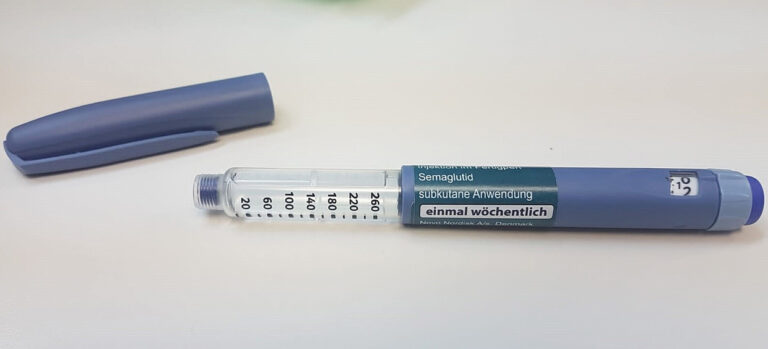A Health-Adjusted Life Year (HALY) is a measure used in public health and health economics to quantify the overall health of a population. It combines both the quantity and the quality of life lived by individuals, adjusting life years by their health status.
HALYs provide a comprehensive measure of health by taking into account both mortality (the length of life) and morbidity (the quality of health during life). This dual focus allows for a more nuanced understanding of population health. HALYs are used to compare the burden of different diseases, health conditions, and health interventions. This comparison helps prioritize healthcare resources and policy decisions.
By quantifying health outcomes, HALYs assist policymakers and healthcare providers in allocating resources more effectively. They help identify which health interventions offer the greatest benefit in terms of both extending life and improving its quality.
Various specific measures fall under the umbrella of HALYs, including:
- Quality-Adjusted Life Year (QALY): Adjusts life years based on quality of life.
- Disability-Adjusted Life Year (DALY): Adjusts life years based on years lost due to disability or ill-health.


